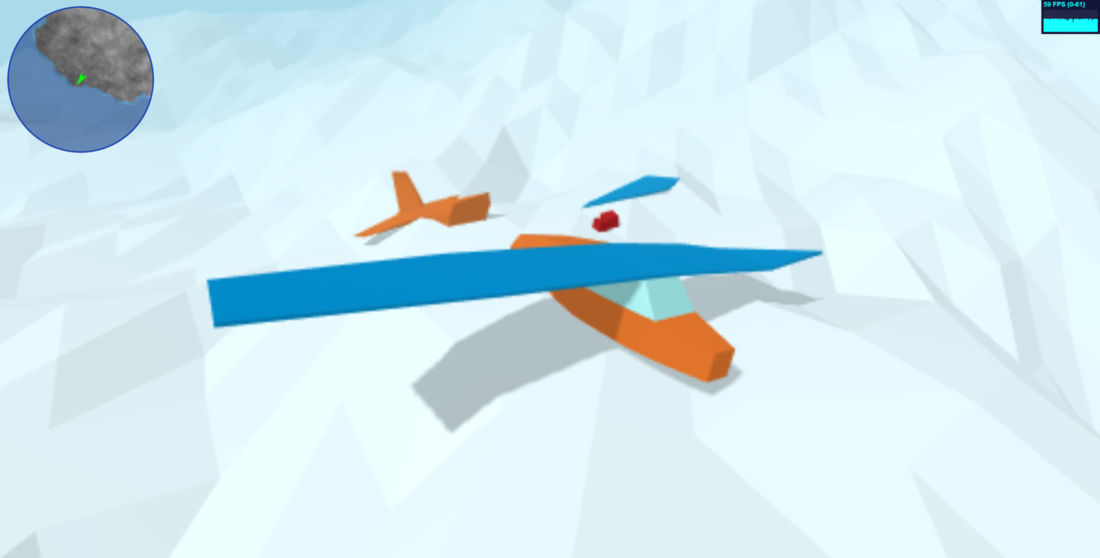When it comes to populating the game world with objects I didn't want to have to spent months building a map editor, I only need something fairly simple and creating a feature-rich editor with a whizzy GUI seemed like such a waste of time and effort. I've been down that road before and ended up building (and selling) a visual scripting framework but ultimately never finished the game I was working on at the time.
So how did I decide to approach this without having to create a GUI for placing and transforming objects in the scene. Well, since this is a browser based game I have the Chrome debug console to hand... yep, with a few keyboard short-cuts and manual input in the debug console is how I decided to proceed; it's simple, unobtrusive and gets the job done without hassle.
One requirement is that I have an editor "class/module" that I can drop right in to my project and remove with ease when I want to push the project to a live environment. To make it independent of the game as such (i.e. I don't have to include a reference to the editor in any of the game code), I keep the instantiation of the editor separate from the main game and force it to wait (asynchronously) for the game to load (that's when the editor can do the rest of it's own initialisation).
e.g.
async function theGameHasFullyLoaded() {
await new Promise( resolve => setTimeout( async () => {
if ( game.gameTime ) {
resolve( true );
} else {
await theGameHasFullyLoaded();
resolve( true );
}
}, 2000 ) );
return true;
}I use a few keyboard shortcuts to rotate (R key), translate (T key) and scale (Y key... I'm already using S for player movement and R, T, Y are next to each other on the keyboard). While using rotate or translate I can switch between X, Y and Z axes by using the corresponding keys.
To place an object in the scene I hop over to the console and type...
game.editor.selectModel("aircraft02").spawn()This spawns the selected model a little way in front of the camera. The newly spawned object then becomes the currently selected model which I can manipulate using my rotate, translate and scale keyboard shortcuts.
Once I've done editing I can save my changes by going back to the console and typing...
game.editor.save()This essentially just calls an action on my Node API which does the actual saving of data to a file.
I feel like I need a picture to liven up this blog post...
And that's about it for now. I need to add in basic collision meshes for these static objects yet. I'll probably just keep it simple and stick to cuboids and spheres for the sake of simplicity and performance.
When it comes to loading these static scene objects when the game starts, this is handled by a MapContentService which only loads the objects that exist within the required quadrants (i.e. dependent on where the player is on the map) - I won't call it a quadtree 'cos... well, it's not (nothing as sophisticated as that!) and would probably be overkill for my needs.


Awesome!